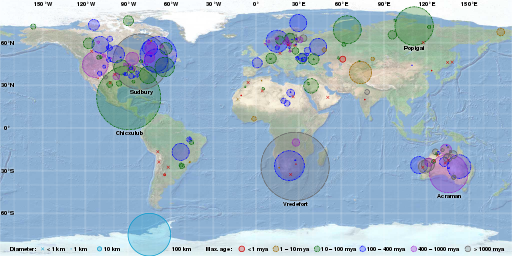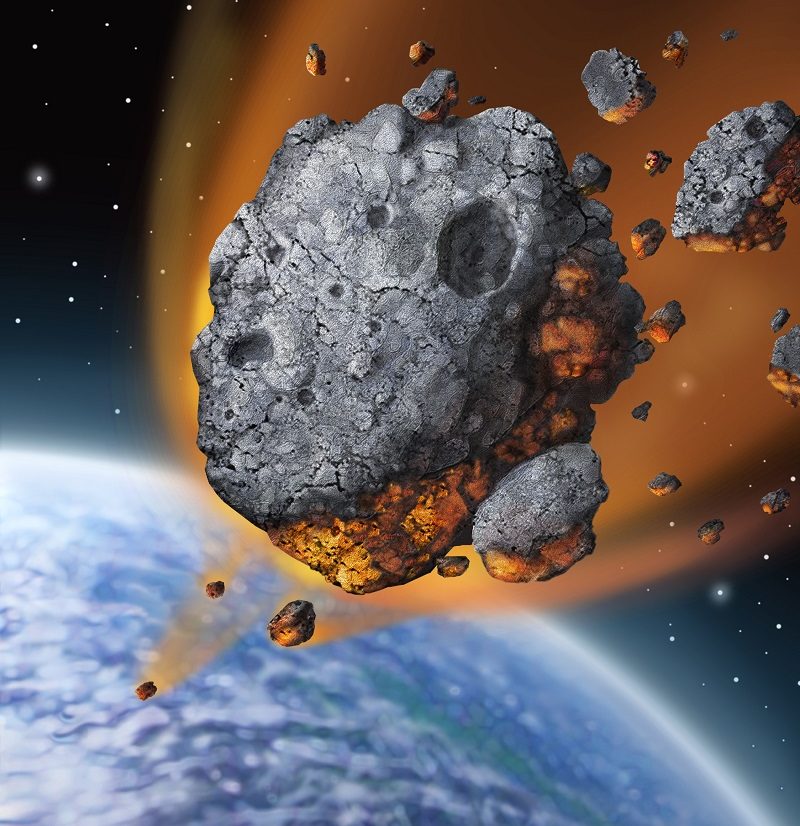We learn about how an asteroid colliding with the earth caused the extinction of the dinosaurs. That wasn’t the only time the earth collided with an object from space. In fact, one the most well-known asteroid collisions with the earth happened in part of what is now the Chesapeake Bay. Dr. Marc Biren’s team has been studying the distal ejecta from the Chesapeake Bay impact structure to better understand the collision processes in this and other terrestrial impact craters.
Please join Dr. Biren for an exploration and discussion into the fascinating process of impact cratering:
- How do impact craters form on Earth?
- Are there different types of impact craters?
- How many have been discovered on Earth?
- Why there are so few known craters on Earth compared to the moon?
- Has Earth had any near misses?
- Why are impact craters important to us?
- Do asteroids and comets still pose a threat to Earth?
- How have ASU researchers dated various impacts (including Chesapeake Bay)?
About the presenter: Marc B. Biren, PhD, School of Earth and Space Exploration-Arizona State University
After drawing inspiration from a) Voyager imagery, b) Gene Shoemaker and the c) Shoemaker-Levy 9 comet, I developed a keen interest in learning more about terrestrial impact craters whenever and wherever possible. What began as a hobby led to graduate studies focused on the 85 km-diameter Manicouagan impact structure in Quebec. Later, with the School of Earth and Space Exploration (ASU), I was involved in a National Science Foundation funded study on dating numerous terrestrial impact structures using the (U-Th)/He isotopic method. Distal ejecta from the Chesapeake Bay impact structure, allowed our group to test and compare our dating results to more established methods to better understand shock processes and the resetting of datable minerals.
Education:
2006, BSc in Geology, LA Tech University
2012, PhD in Geology, University of New Brunswick, New Brunswick, Canada



